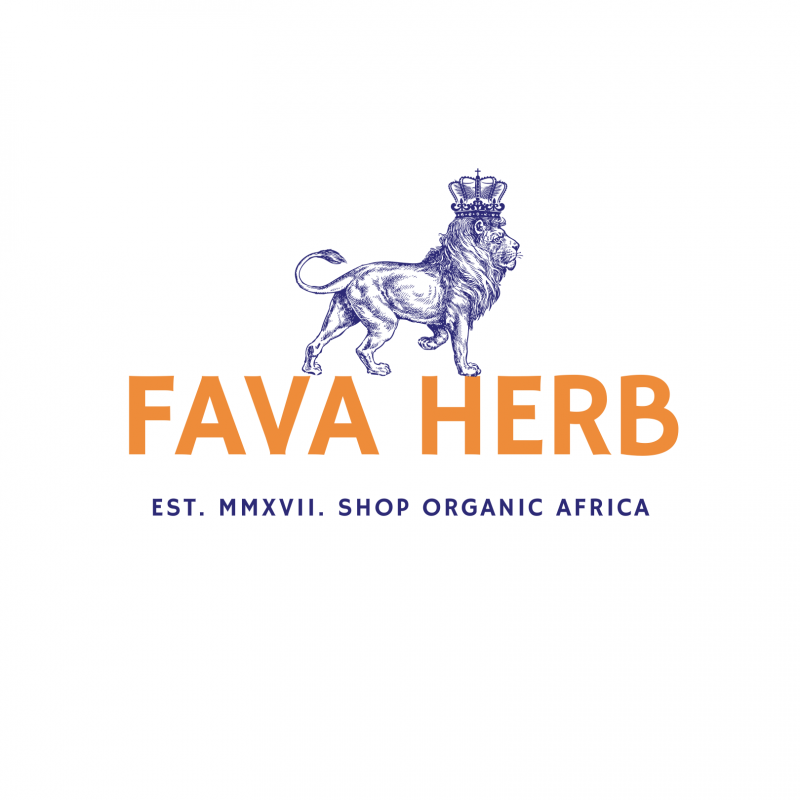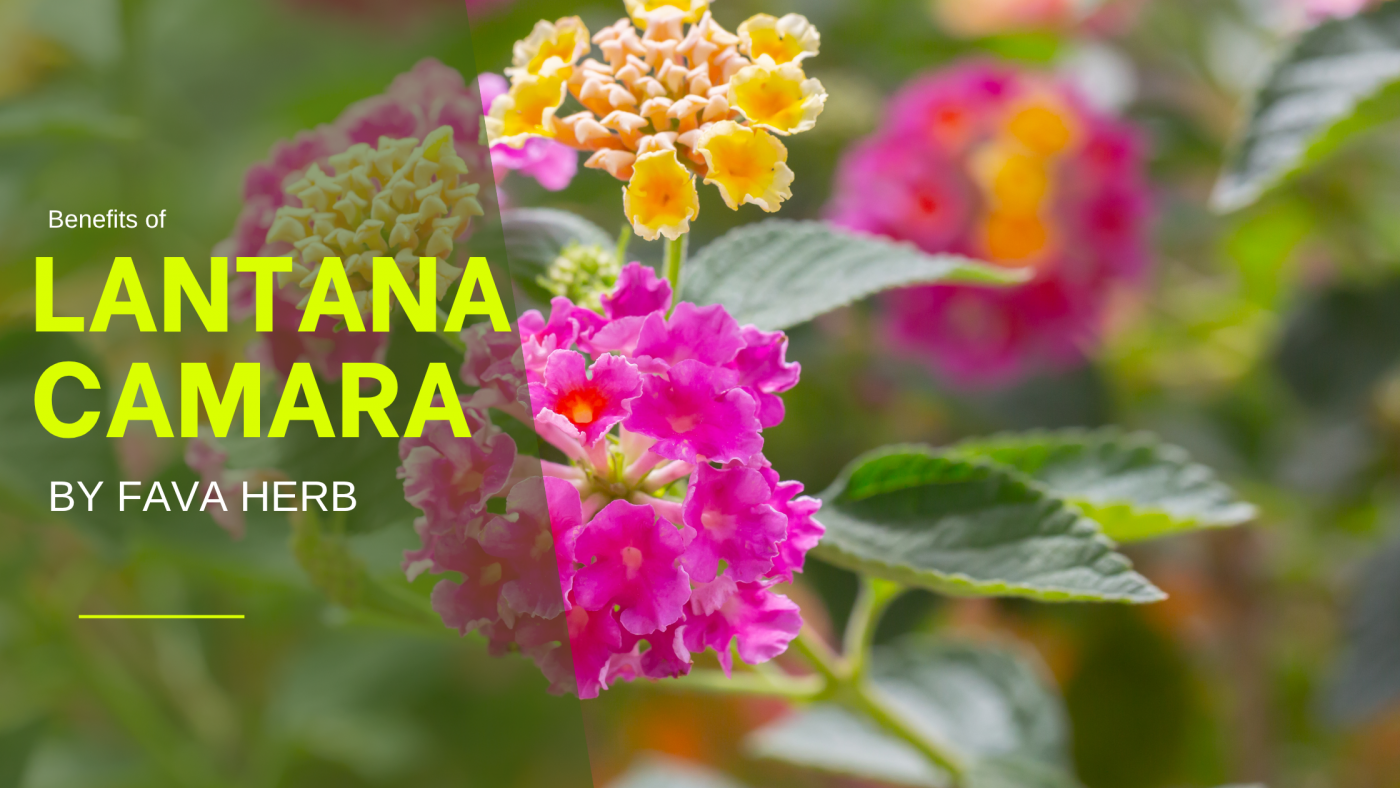Uncategorized
Lantana Camara: Traditional Uses, Modern Benefits, and Cautionary Insights
Lantana camara is a fast-growing flowering shrub native to Central and South America, but now widely found across tropical and subtropical regions around the world. Known for its colorful, clustered flowers and strong aroma, lantana is often used as an ornamental plant — but beneath its beauty lies a long history of medicinal use.
Used in traditional medicine systems in Africa, India, Southeast Asia, and the Caribbean, different parts of the lantana plant — especially its leaves, flowers, and roots — are known for their antimicrobial, anti-inflammatory, and analgesic properties. However, lantana also contains compounds that are potentially toxic if consumed improperly, making safe and knowledgeable use essential.
1. Natural Antibacterial and Antifungal Agent
Lantana camara leaves and extracts possess strong antibacterial and antifungal activity, making them effective in treating wounds, skin infections, and fungal conditions like athlete’s foot. Crushed fresh leaves are traditionally applied to minor cuts or boils to help prevent infection.
2. Anti-Inflammatory and Pain-Relieving Effects
Lantana has been used to reduce swelling, pain, and inflammation associated with conditions such as arthritis, joint pain, and insect bites. Leaf poultices are often applied to inflamed areas, while decoctions are sometimes taken for internal relief — under professional supervision.
Book: Returning To Nature’s Ancient Pharmacy -An African Approach To Natural Remedies
What You’ll Discover:
- Daily Herbal Remedies backed by Scripture and tradition
- Natural healing foods like raw honey, fermented drinks, and superfruits
- Uses of animal fats like tallow, ghee, and bone broth
- African healing plants like hibiscus, tamarind, and baobab
- Teas and Adaptogens for stress, energy, and hormone balance
- Spiritual insights on God’s design for healing and wellness
- Practical recipes, homemade remedies, and devotional reflection
3. Respiratory Relief
In traditional herbal systems, lantana leaf tea has been used to manage asthma, coughs, bronchitis, and chest congestion. The plant’s expectorant properties help in loosening mucus and clearing the airways.
4. Supports Wound Healing
Topical application of lantana extract is believed to promote wound contraction, reduce microbial load, and support skin regeneration. It has shown promise in speeding up healing of ulcers, sores, and burns.
5. Traditional Use as a Fever Reducer
Lantana leaves and flowers are used in various traditional systems as a febrifuge — helping to lower fever and reduce body temperature. This is typically done through teas or decoctions, though care must be taken to avoid overuse or toxicity.
6. Potential Insecticidal and Mosquito-Repelling Properties
The strong scent of lantana leaves has been found to repel mosquitoes and inhibit insect breeding. Essential oils and crushed leaves are sometimes used in natural insect repellents or as fumigants in rural communities.
7. Gastrointestinal Uses in Traditional Medicine
Lantana decoctions have been used in folk remedies for stomach cramps, indigestion, and intestinal worms. However, the dosage must be tightly controlled, as ingestion of large amounts can be harmful.
8. Used in Skin Care Remedies
In folk applications, lantana has been used in the treatment of itchy skin, eczema, and rashes. The antimicrobial nature of the leaves helps reduce skin irritation and fight off microbes that worsen skin conditions.
Important Note: Lantana’s Toxicity Risk
Despite its medicinal value, Lantana camara is known to be toxic if ingested in large amounts, particularly to livestock, pets, and children. The berries — especially when unripe — and high doses of leaf extracts can cause liver damage, photosensitivity, and even fatal poisoning. Signs of toxicity include vomiting, diarrhea, labored breathing, and weakness.
Due to these risks, internal use of lantana should only be undertaken under the guidance of a trained herbalist or medical practitioner. Topical use is generally considered safer but should still be patch-tested, especially for sensitive individuals.
How to Use Lantana Safely
- Topical Use: Fresh leaves can be crushed and applied as a poultice for wounds, itches, or swelling.
- Inhalation: Dried leaves may be gently simmered for steam inhalation in respiratory conditions.
- Infused Oil: Lantana leaves infused in a carrier oil can be used on skin to reduce inflammation or repel insects.
- Avoid oral use unless advised and supervised by a healthcare provider familiar with plant toxicity management.
Final Thoughts
Lantana camara is a plant of paradox — stunning and healing, yet potentially harmful. When used with knowledge, respect, and care, it can offer powerful therapeutic benefits. Whether as a natural remedy for skin conditions, a respiratory aid, or a mosquito repellent, lantana has earned its place in traditional pharmacopeia. Still, understanding its limitations and risks is key to unlocking its full potential safely.




